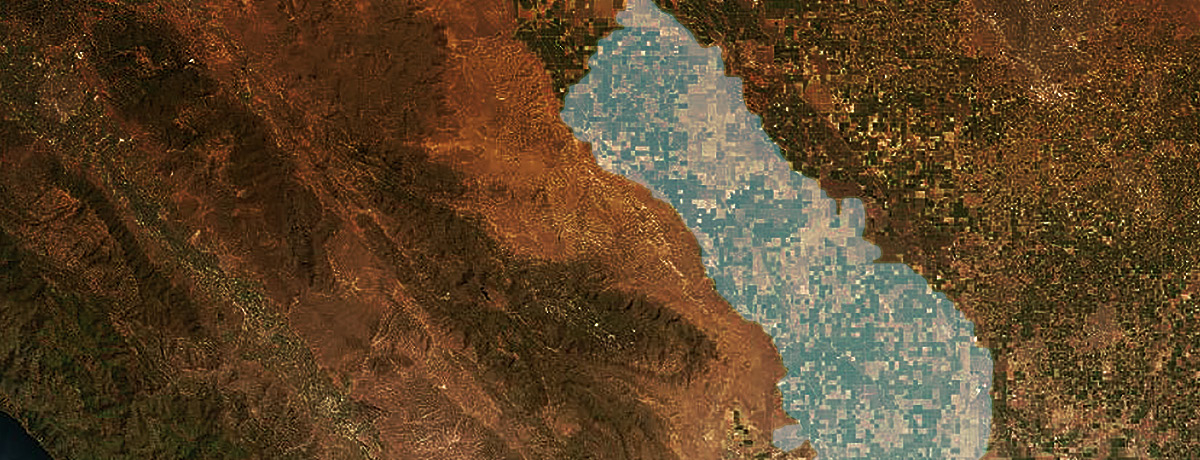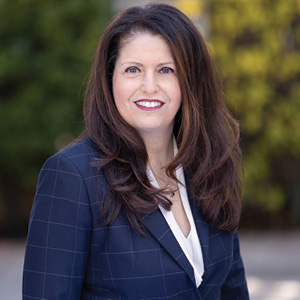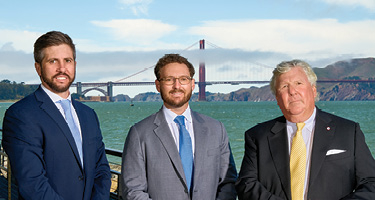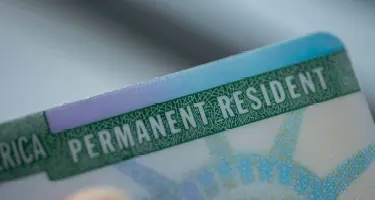On August 7, the Fresno County Superior Court of Appeals in California ruled against the Westlands Water District, a major U.S.-based agricultural water company aiming to permanently secure access to federally controlled water in the state. After three years of legal action, environmental groups, local tribal activists and other supportive parties successfully managed to reverse a 2020 contract agreement between the U.S. Bureau of Reclamation and the agricultural company. Previously, the contract granted Westlands access to roughly 1.15 million acre-feet of water each year, which, according to reports, is more than double the amount of water that a major city such as Los Angeles and its 3.9 million residents use annually.
The ruling, confirmed by Associate Justice Rosendo Peña Jr., fully affirms a 2021 judgment that dismissed Westlands Water District’s previous attempt to validate a contract primarily due to missing information regarding the company’s pending financial obligations. Despite this development, the recent ruling doesn’t entirely end the contract Westlands established with the federal government in June 2020.
Adam Keats, a lawyer who offered counsel to the nonprofit California Water Impact Network, among other groups, is working firsthand on the case. “The whole thing was a rip-off. We prevented Westlands from validating their contract. That was our goal, and now we have a chance to reverse the contract,” stated Keats, as reported by the Los Angeles Times. Additionally, Keats said that the original deal arrived during a time when David Bernhardt, a former Westlands lobbyist and lawyer, acted as the Interior Secretary under former President Trump.
At the heart of this longstanding legal battle is the water itself, which runs through the federally owned and operated Central Valley Project, an intricate system of artificial canals and reservoirs that transports the dwindling natural resource from the Sacramento-San Joaquin River Delta to farmlands across the state. Whether it's almond and pistachio producers or cultivators of other essential crops, the Westlands Water District spreads across roughly 600,000 acres from Fresno to Kings County. According to Keats and various environmental critics, their apprehension and overall concern with diverting water from the delta lies in the heavily selenium-contaminated wastewater produced by Westlands machine harvesting fields, which led to the poisoning of birds located in the Kesterson National Wildlife Refuge during the 1980s.
“Instead of continuing to grow almonds and pistachios, a better use for the land would be to cover it with solar panels. They should stop putting water in that ground, no matter what it produces in terms of food. It’s a terrible place to be irrigating,” concluded Keats.



























